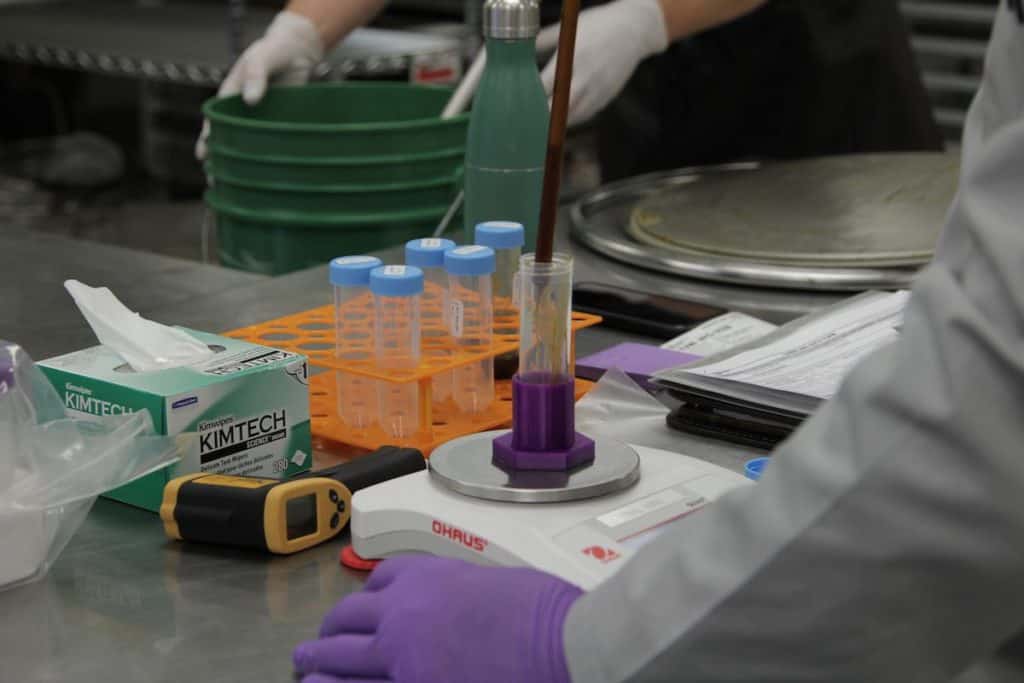
We are incredibly excited to share with you this very handy, easy-to-follow guide on How to Read Our Certificate of Analysis (COA)!
One of our top priorities here at Danodan is transparency. We put systems in place so that each product is thoroughly tested to ensure that it meets our high standards for potency and purity. We then make these tests results available to you so you are informed in the same way.
How can I get my product’s COA?
Each of our products contain a batch number and a QR code that can be scanned with a smartphone to easily pull up the test results for that specific batch of product. Can’t find a QR code on your product? Email us with your batch number and we’ll personally send you the test results for your product.
Who does your testing?
All of our testing is done by Lightscale Labs here in Portland, Oregon. We have looked across our region, and Lightscale Labs are simply the best. Their processes and professionalism yield the best, most accurate, and most detailed results.
When it is time for a final batch of Danodan to be tested, we work with Lightscale to follow strict guidelines. They send a lab technician to Danodan to inspect our facility and collect a sample, to ensure that it is pure and unadulterated. Then, they return to their lab where they use chromatography to separate all of the different components of the sample, so they can be tested accurately.
How to Read Our Certificate of Analysis
COAs are very complicated and contain a lot of detailed scientific information. Of course, this is good because it shows that the lab where the tests are run are legitimate and thorough. But deciphering all of the technical jargon can be difficult. That’s why we’ve created this wonderful How to Read Our Certificate of Analysis guide!
These COAs disclose in great detail important characteristics of our products, including:
- The overall potency of that batch for both CBD and THC (mg/mL and %)
- Levels of specific plant-based cannabinoids (CBD, THC, and others)
- Test results for Residual Pesticides and Residual Solvents
- Expanded definitions of key terms, like Limit of Quantitation and Relative Percent Difference
We encourage you to use our How to Read Our Certificate of Analysis guide to become familiar with all of the information contained in our COAs. We also welcome all of your questions and comments about COAs, our commitment to transparency, or anything else! Simply email Andrew Harmon, our Education Specialist, at andrew@danodan.com. Stay healthy & stay informed!
